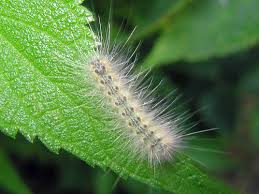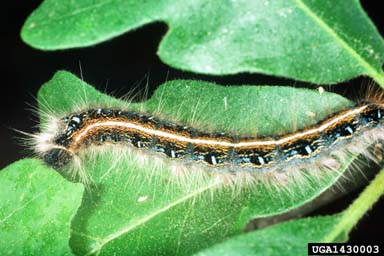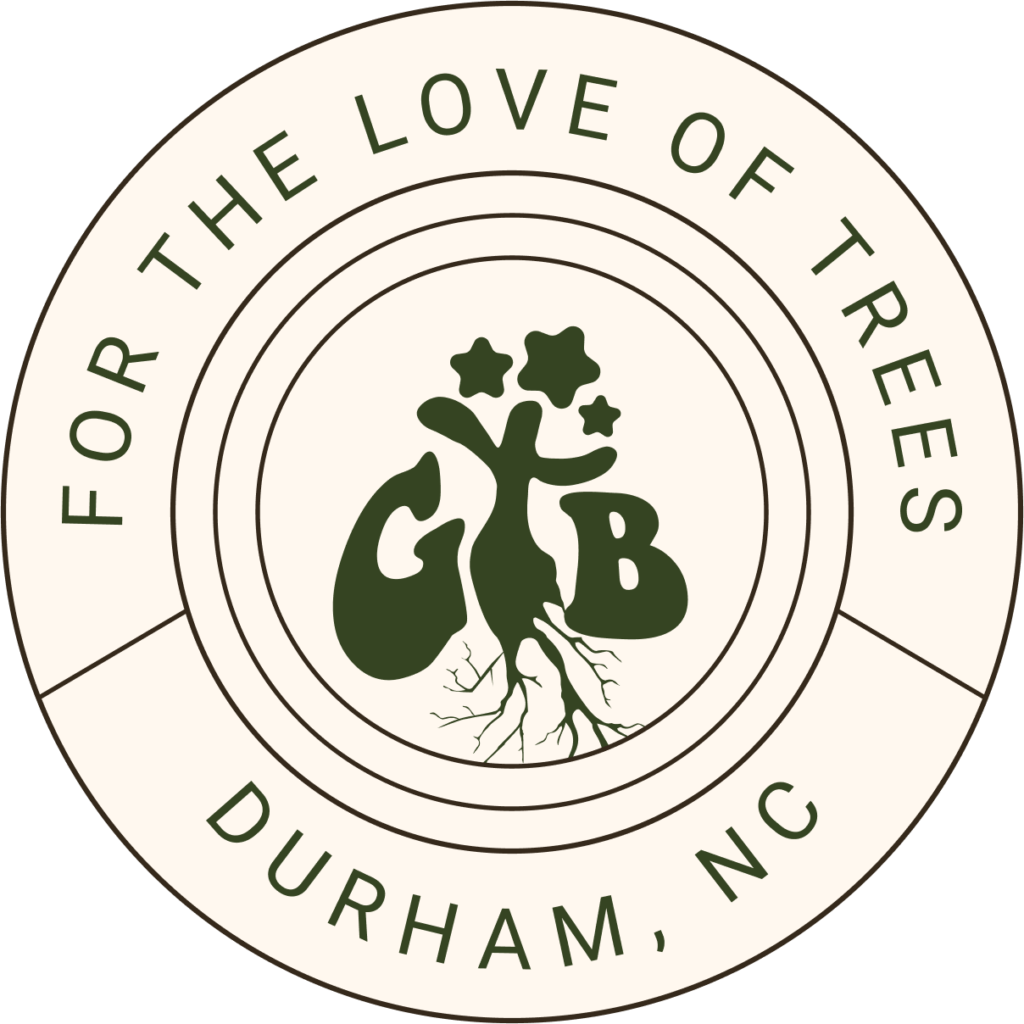 Fall is the season of the insect! Grateful Trees and Bees’ arborist has observed over the past two weeks an increase in defoliating caterpillar activity both in the woods and throughout the urban landscape.
Fall is the season of the insect! Grateful Trees and Bees’ arborist has observed over the past two weeks an increase in defoliating caterpillar activity both in the woods and throughout the urban landscape.
The telltale “silk bag” within the crown of a tree is easy to spot and is found in both native and non-native tree  species. The culprits are Fall Webworm and Eastern Tent Caterpillar, and while unsightly, in most cases they won’t stress a tree enough to induce mortality.
species. The culprits are Fall Webworm and Eastern Tent Caterpillar, and while unsightly, in most cases they won’t stress a tree enough to induce mortality.
Fall Webworm (Hyphantria cunea) is a moth that likes to make a silky, webbed nest for its larvae in landscape trees and ornamentals. Severe defoliation of the host tree can occur but the species doesn’t typically build populations robust enough to cause continued and detrimental defoliation.
 Eastern Tent Caterpillar (Malacosoma americanaum) is found making its nest within a variety of North Carolina hardwood species including ash, willow, maple, oak and in fruit trees such as cherry, apple, crab apple, peach and plum. Serious outbreaks occur within a 10 year cycle.
Eastern Tent Caterpillar (Malacosoma americanaum) is found making its nest within a variety of North Carolina hardwood species including ash, willow, maple, oak and in fruit trees such as cherry, apple, crab apple, peach and plum. Serious outbreaks occur within a 10 year cycle.
While such an insect presence may have been a contributing factor in tree mortality, in our observation it was never the primary cause, with other stressors such as poor soil quality, site disturbance or disease playing a larger role in the tree’s death. However, particularly in an urban setting where the health of each individual tree counts, we recommend the mitigation of any potential health risk.
Control can be easily accomplished by pruning the silky structure from the tree’s crown and properly disposing of it. Pruning while the weather is cool or rainy is encouraged, as the larvae cluster under these conditions. The silk nest should be bagged and thrown away or safely burned.
© 2014 Grateful Trees & Bees

